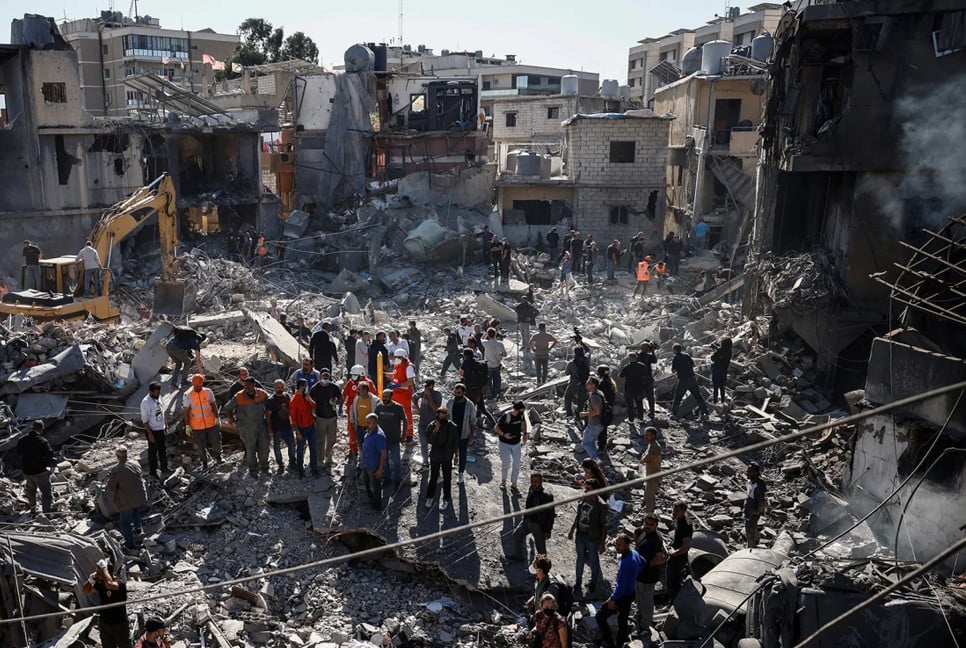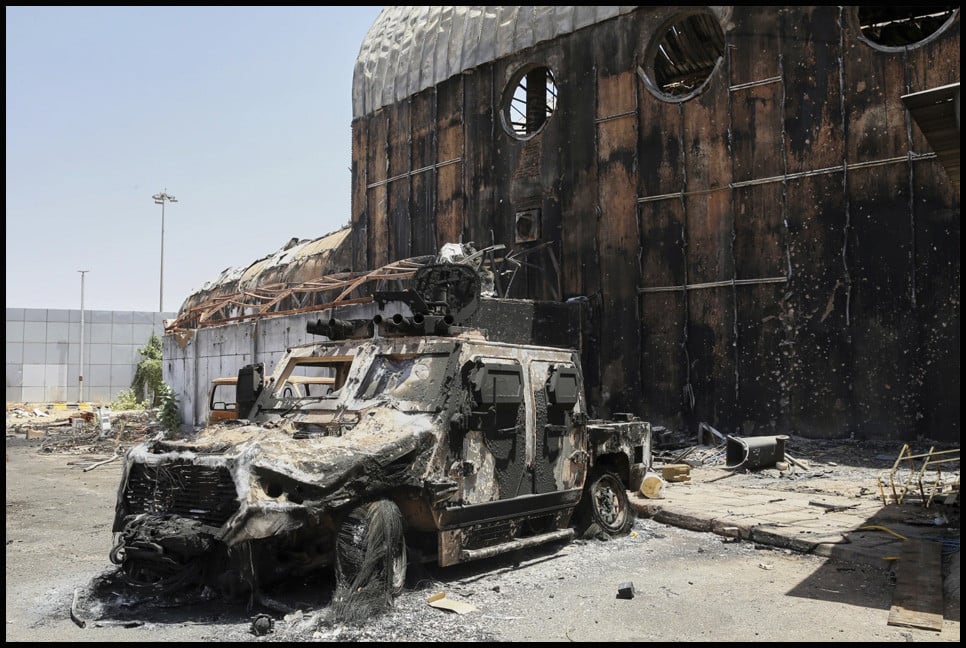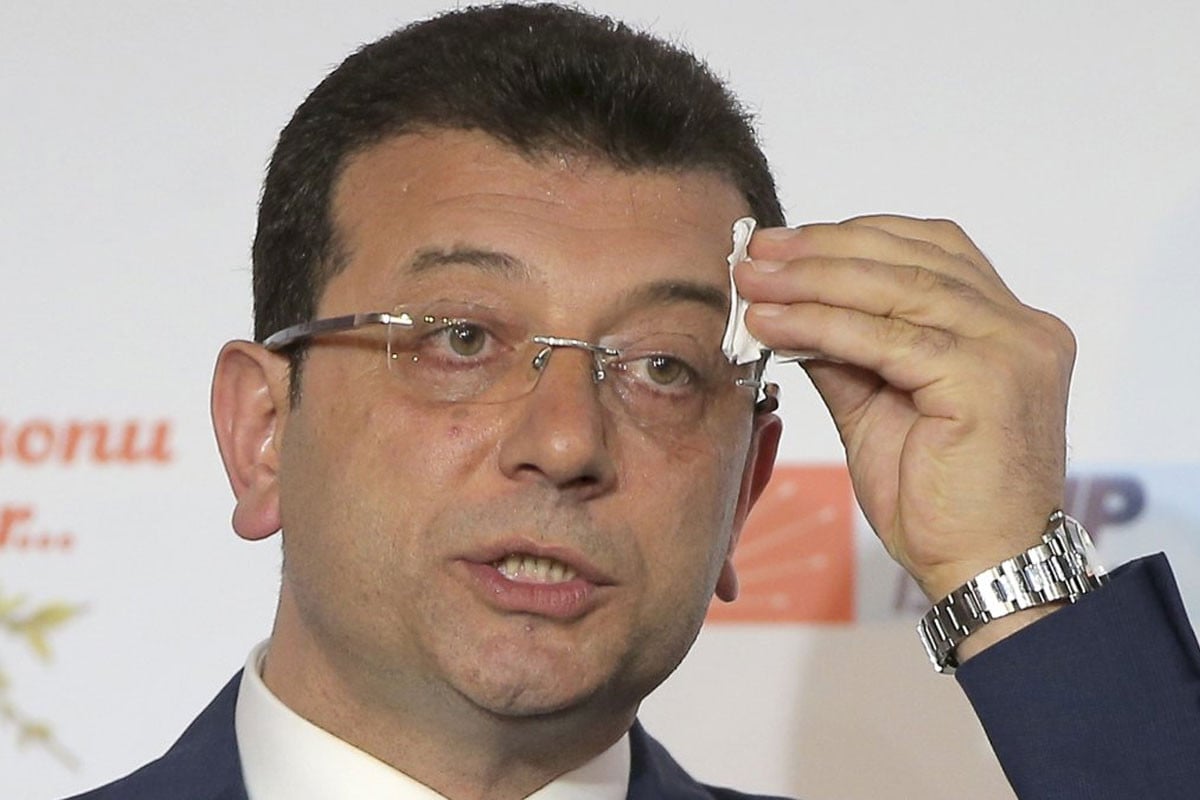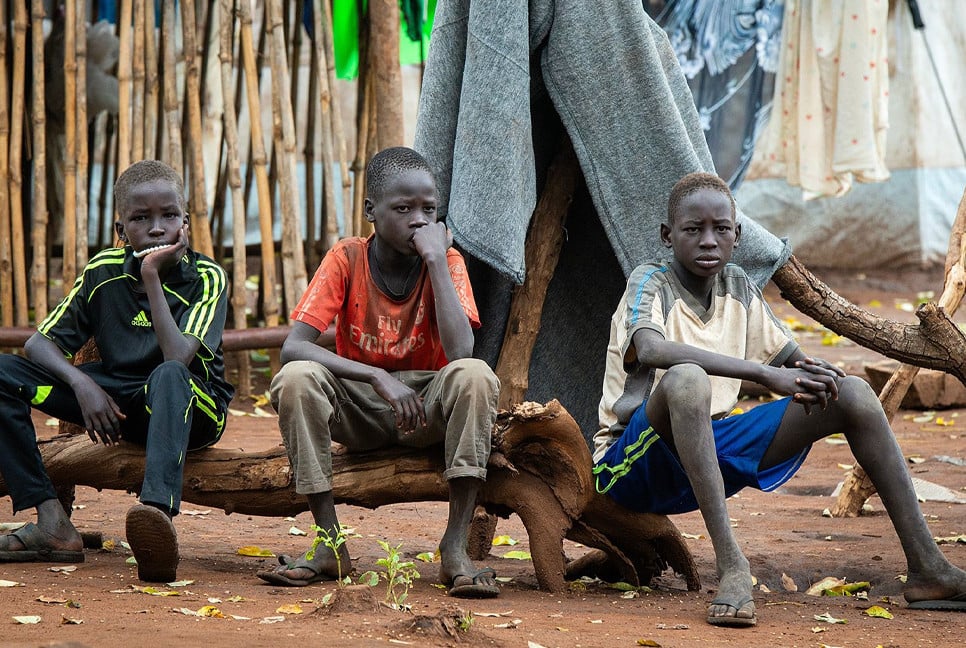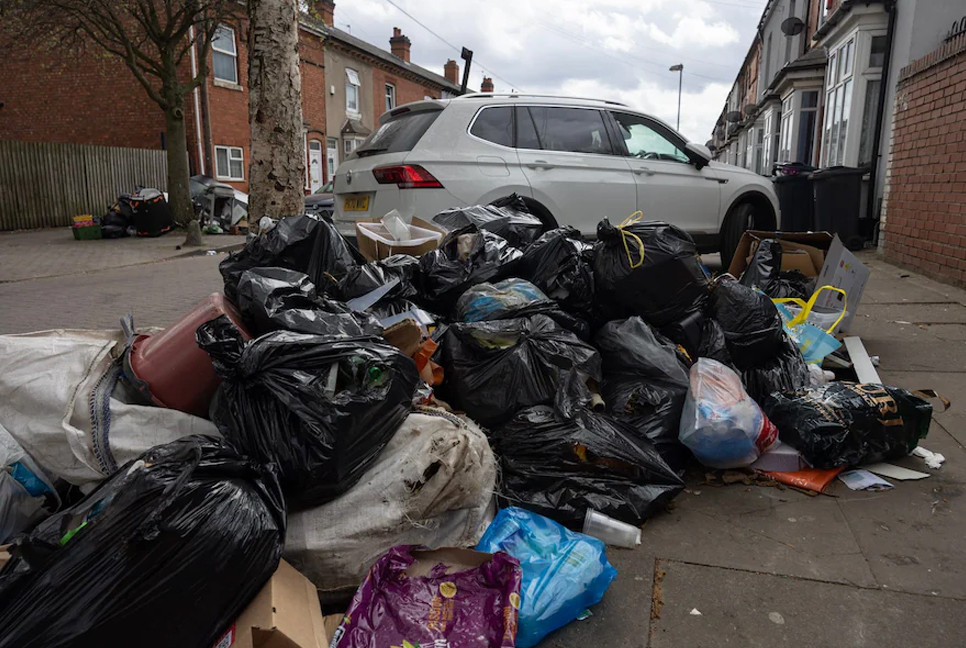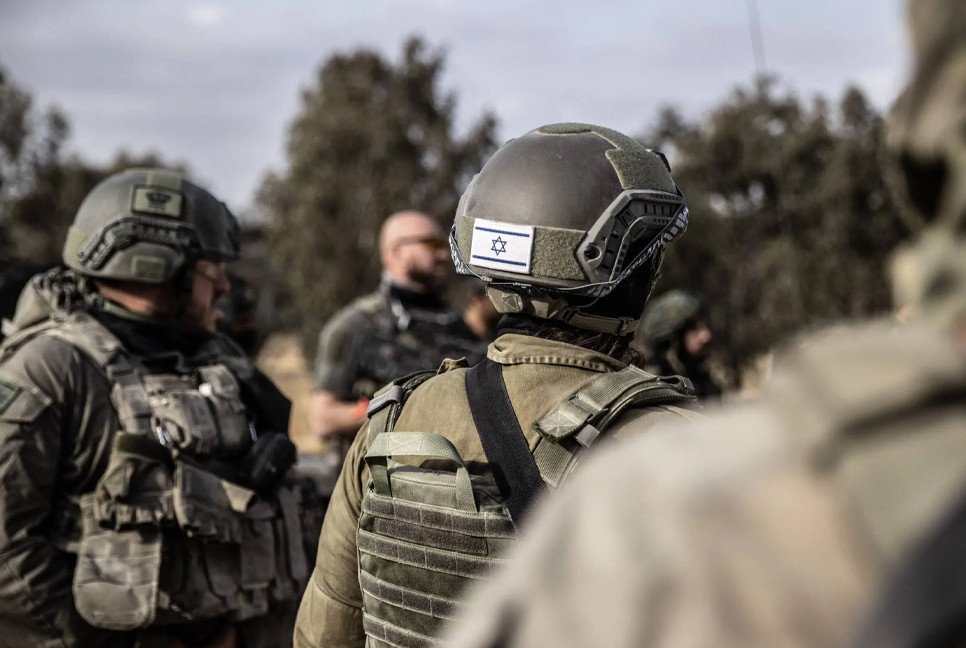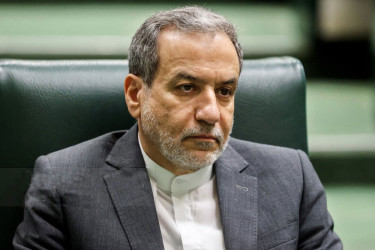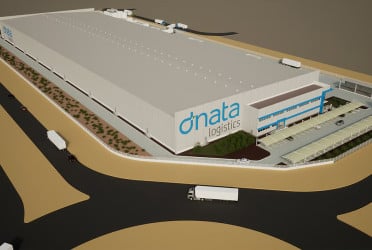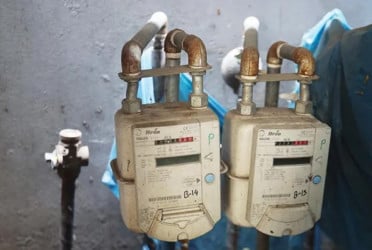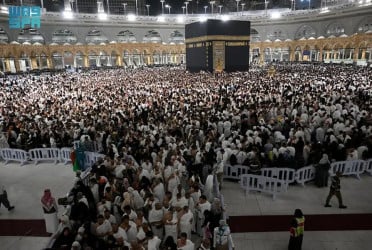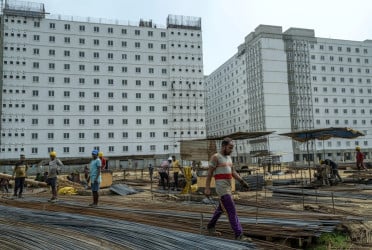An Israeli bomb had just struck Beirut’s southern suburbs in yet another near-nightly attack– this time hitting a building across the street from Lebanon’s biggest public hospital, reports CNN.
“The ground shook, windows shattered, and the cries of patients filled the air”. Recalling the aftermath of the October 21 attack, Mohammad Fouani, an emergency room nurse at Rafik Hariri University Hospital said, “I was treating a patient when the bomb went off. I fell over him from the shock of it. The smoke was so thick; I could barely see my fellow colleagues.”
“Since the start of the war, every night has been difficult,” Fouani told the media. “But this was the worst by far. It was the most painful.”
Israel claims that the strike hit a Hezbollah target, though the area was not covered in Israeli military evacuation orders for locations with alleged links to the Iran-backed group in the south of Beirut.
At least 18 people, including four children, were killed and 60 injured in the residential building some 70 meters away from the hospital, Lebanon’s health ministry said.
In the first month of its all-out air offensive in Lebanon, which began on September 23, Israeli strikes damaged 34 hospitals, killed 111 emergency medical technicians (EMTs), and hit 107 ambulances, according to data compiled by the Lebanese health ministry.
A data compiled by the medical authority shows that around 20% of all hospitals registered with the health ministry in Lebanon have been damaged in a month of attacks, with most strikes landing in their vicinity.
The Lebanese health ministry data and CNN’s analysis of airstrikes show that the Israeli military has dropped bombs within lethal proximity of hospitals, which are protected under international law.
Responding to the media request for comment, the Israel Defense Forces (IDF) said it operates in strict accordance with international law and accused Hezbollah of being deeply embedded in civilian areas.
“Hezbollah strategically places its military assets in close proximity to medical facilities, such as hospitals and clinics, as part of its human shield strategy,” it said.
“For a country that has been embroiled in many cycles of war and crises, the Lebanese healthcare sector has rarely been so vulnerable to firepower,” the country’s health minister, Dr. Firass Abiad, told the media.
Abiad accused Israel of “weaponing” access to healthcare and drew parallels to Gaza, where Israel has openly attacked hospitals, accusing them of links to Hamas.
“Health institutions are supposed to be sanctuaries,” said Abiad. “It’s clear that this is premeditated, that this is a state policy that Israel is following, whether in Gaza or in Lebanon.”
CNN has reviewed over 240 airstrikes in Lebanon and found that at least 24 hospitals were within a 500-meter danger zone – used by the Israeli military as its parameter for evacuation areas – of the bombs. Israel dropped munitions within what is known as a “lethal range” – 340 meters – of at least 19 hospitals, the analysis, which covered the first month of the war, showed.
CNN’s analysis only looked at airstrikes verified in publicly available imagery or declared in Israeli military evacuation orders between September 23 and October 23. That sample is smaller than the more than one thousand Israeli strikes estimated by the Armed Conflict Location and Event Data Project (ACLED), a crisis monitoring organization, to have hit Lebanon over the course of the month and so has likely produced a conservative estimate of hospitals within a dangerous or lethal range.
“Even a hospital that is not directly targeted can be damaged from the blast wave or fragmentation caused by a nearby strike,” Trevor Ball, a former senior explosive ordnance technician for the US military, told the media. “Fragments can injure or kill people hundreds of meters away, meaning a strike hundreds of meters away could still injure or kill people that are not behind adequate protection.”
The IDF did not comment on CNN’s specific findings, but said it was only operating against Hezbollah, “not the Lebanese population or medical facilities” and took measures to mitigate harm to civilians.
Abiad, who is a veteran doctor and former hospital director, said the nearby strikes have had a devastating affect on healthcare. “Once you target so close to the area, it means that people are now afraid to come to the hospital,” Abiad told the media. “Some people in the hospital would rather go home than receive treatment because they are worried that they will be targeted in hospitals.”
Ten Lebanese hospitals were within the "kill zone" of Israeli airstrikes
CNN has verified 10 hospitals in Beirut and its southern suburbs falling within the so-called "kill zone" of strikes – the 340-meter (1,115 feet) radius where bomb fragments can kill or injure people and tear through buildings. Nine hospitals have been damaged, of which three have been forced to shut down as a result of Israeli strikes since Sept. 23.
The UN special coordinator for Lebanon said on October 25 that “first responders heeding the call to help, including healthcare personnel and paramedics, have also been hard hit,” and called the number of attacks impacting healthcare facilities and personnel “alarming.”
The attacks on the first responders, has sent “a very chilling message: if you’re injured, you’re going to die,” said Abiad,
Israel has repeatedly accused Hezbollah of using ambulances to transport weapons, though it has not provided evidence. Many of the ambulances hit and first-responders killed in Israeli strikes were affiliated with Hezbollah’s civilian infrastructure.
At least 12 Lebanese Civil Defense first responders and 16 Lebanese Red Cross paramedics have been killed in strikes. The IDF did not respond to the media’s request for comment on attacks that have killed paramedics and emergency workers.
Since September 23, Israeli strikes have killed eight people inside the premises of four hospitals, and eight facilities have been forced to close, according to the health ministry.
Bd-Pratidin English/ Afsar Munna

